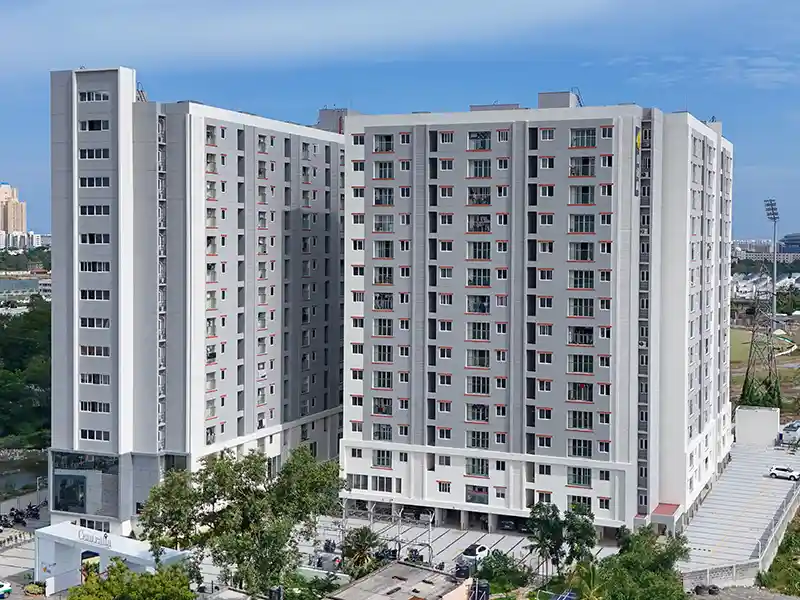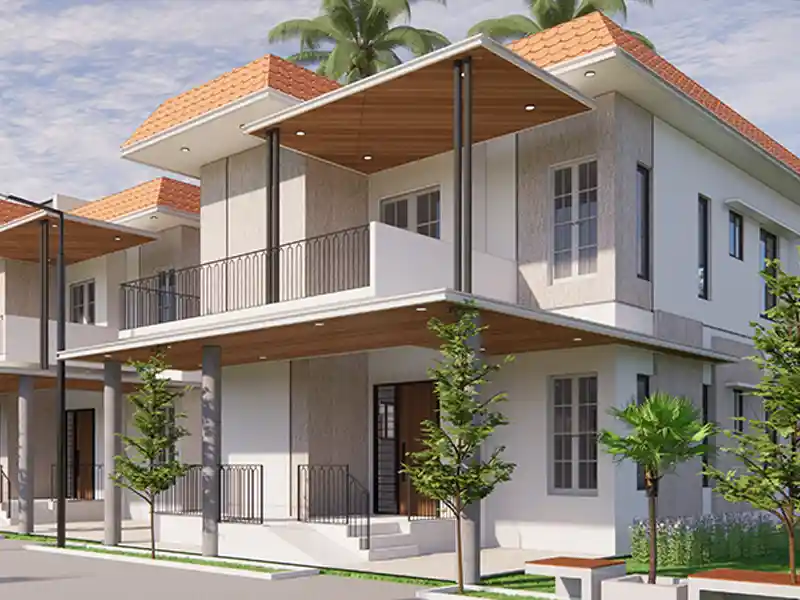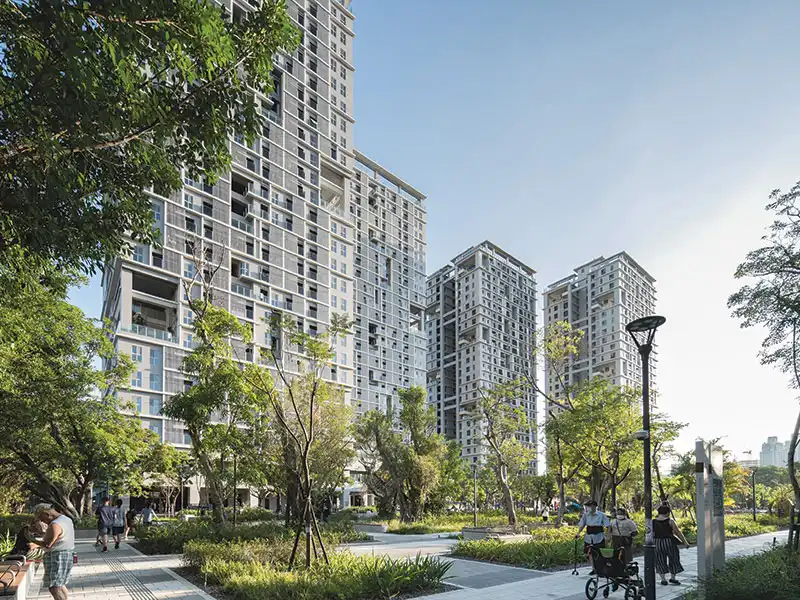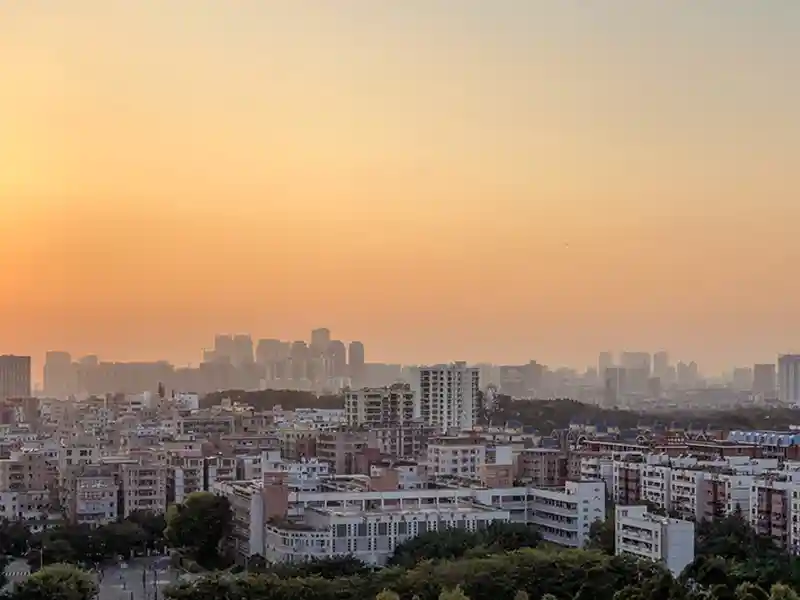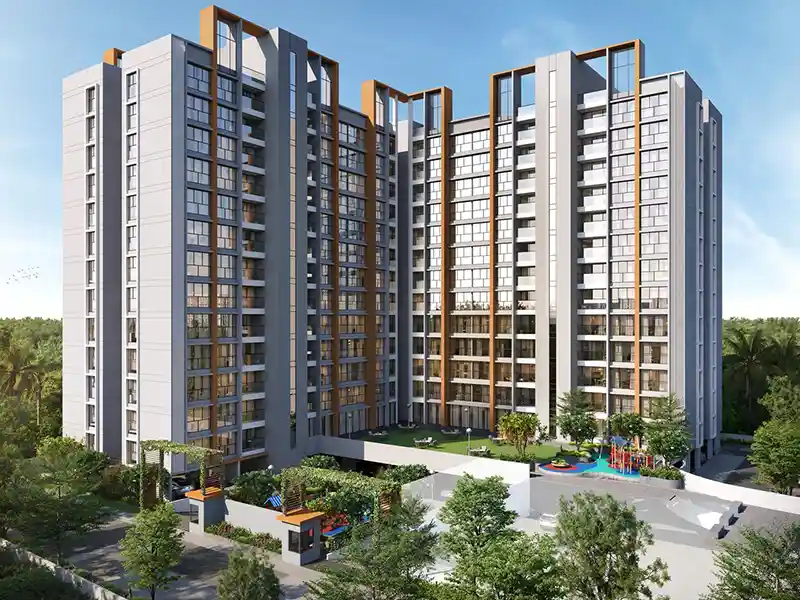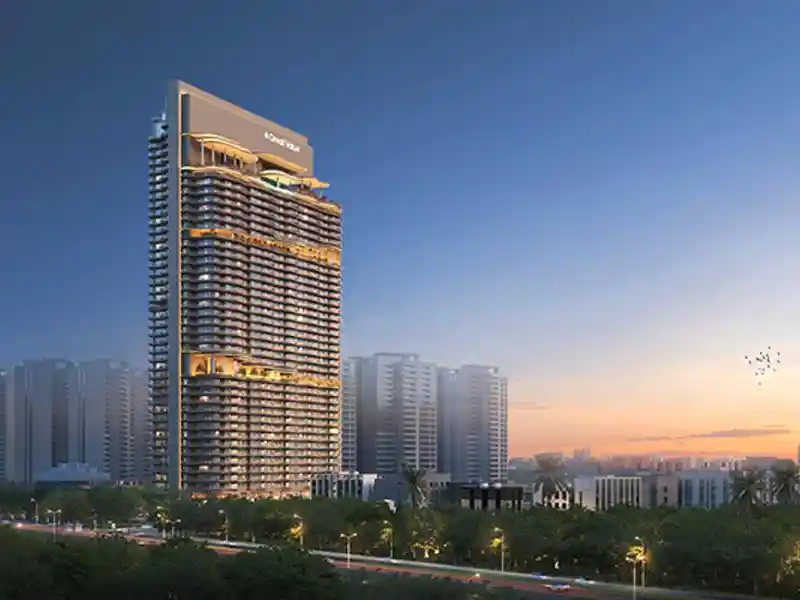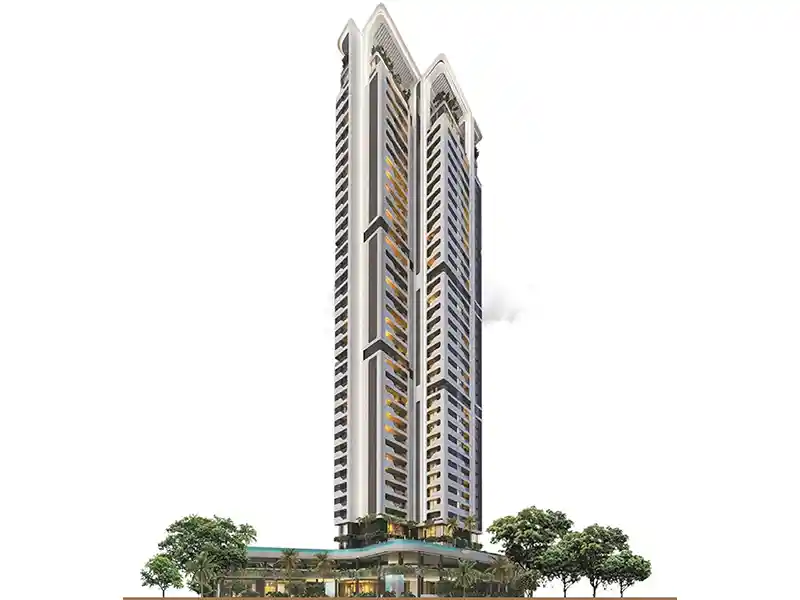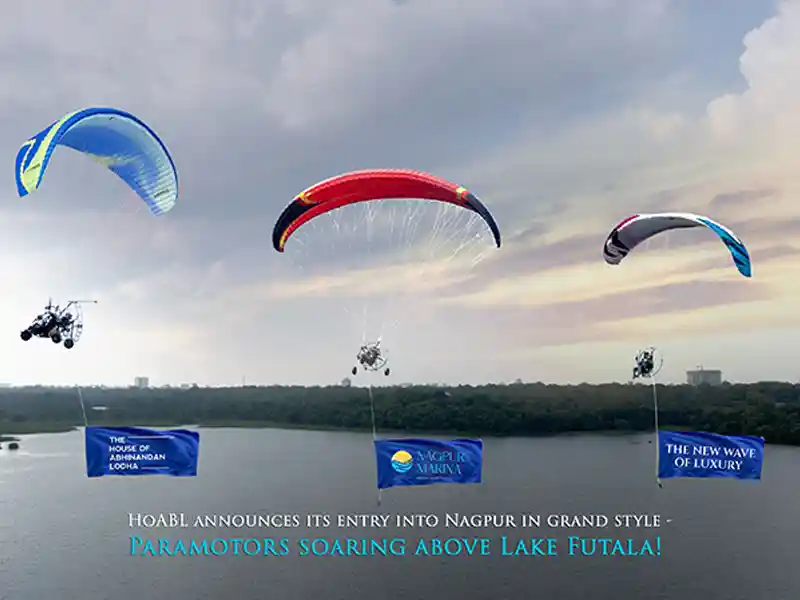India being home to some of the most populous cities in the world is witnessing constructions in very close proximity. With growing number of people being accomodated in limited spaces, it is mandatory to introduce sound design solutions that allow buildings to be constructed alongside one another.
Design challenges include narrow plots with narrow road access during construction as well as constraints in the design in terms of height and side open spaces of the buildings. As the adjacent buildings are in close vicinity, extreme care has to be taken during foundation and ideally piling is done to avoid excavation.
Openings on the side facades have to be kept minimal as they usually overlook neighboring buildings. The material selected has to be economical as well as requiring minimum maintenance.
H’ Frame scaffolding has to be used as the working side open spaces are narrow, which increases the cost of construction, and has to be compensated in materials used and the layouts. Efficient window apertures and solids (glass and brick) ratio is maintained for the window openings, to avoid wastage.
The methodology and the scheduling of the work is different than other regular projects. The project has to be usually constructed in phases as the site and the adjacent road is narrow. The material storage porta cabins and labor accommodation are not adequate.
Affordable design with an element & purpose
Designing affordable spaces in remote areas with character and without compromise is a challenge. The term ‘affordable housing’ instantly makes one think of inferior quality bland looking constructions with no soul. Fortunately, changing times have introduced visionary architects to the industry who are trying to change this perception.
As designers, we can incorporate elements in affordable projects without adding any overall cost to the project. For one of our projects – Nilaya, the chajjas and sun breakers were designed in a diagonal position so that the neighbouring building apartments would not look into each other. This differentiator not only enhanced the privacy of the inhabitants but also added aesthetics to the low-cost budgeted project.
The building façade can be fused with the surrounding; even a slight change in the façade design can help change the complete look of the building. For instance, in August Enclave, the facade was designed to tone down the massing and make the building lighter with vernacular impression to complement the surrounding buildings and context. Geometric patterns used in repetition over floors create a sense of rhythm and generate interest in the facade. Recessed windows help maximize shade on the opening, bringing in light but cutting off the heat.
Using materials wisely
Affordability means efficient use of resources and optimization of aperture sizes by maintaining the window to wall ratio at 50:50. As the sill height of the windows increase, the cost of the aluminium, glass and the railing is reduced. Moreover, cutting cost in areas that don’t require spending like using kota in the stairwell from the first floor as well as the lift lobbies of the upper floor gave us opportunity to reduce the cost and spend in areas like the ground floor lobby. Instead of using M.S. railing on the staircase, we casted R.C.C. pardi to further reduce the cost.
Creating a provision for ample light and free flowing breeze only requires better planning. Simply by maximizing windows in habitable spaces while leaving the non-habitable spaces, like toilets, towards the inside can create a huge impact. A well-designed open lobby area can even allow the building to breathe. The structure can be kept as lean as possible to avoid floating of columns to minimise cost of construction.
The requisite amenities
Since affordable projects often don’t have ground space, amenities can be offered across the building and on the terrace. In Nilaya, we created activity spaces around the stairwell and landing like wall library, art wall, chalk board on the wall, and puzzle wall for children. The terrace is designed with community sit-out spaces, gazebo, and jogging/walking tracks – all of which add to the fabric of the area.
Avoiding delays
The time taken to create a building starting from land acquisition, encroachment hurdles and government clearances to planning, designing, creating, and delivering plays a vital role in defining the cost of a building. In simple terms, more delays equal to more costs incurred. The number of factors and entities involved in each construction project and sudden changes in government policies don’t make things any easy either. The following factors can help expedite the process:
- Land parcels in close proximity to urban transport infrastructure that can accommodate mass-housing projects
- Site readiness free from all encumbrances and clear work-fronts for all activities
- Availability of all building permits and sanctions prior to commencement of construction
- Availability of funds with the developers or project promoters to ensure smooth cash flows and work progress
- Avoiding design changes during the construction process; this affects the progress of construction work.
- A high degree of modularity of designs that ensures a higher repetition of formwork and higher productivity of mobilised resources
Balancing the budget, design aesthetics, materials used, risks involved and being able to deliver a superior final product is something that an architect learns over the years on the field, it’s an interesting learning curve.
Ar. Gaurav Sanghavi, Co-founder, Pentaspace Design Studio
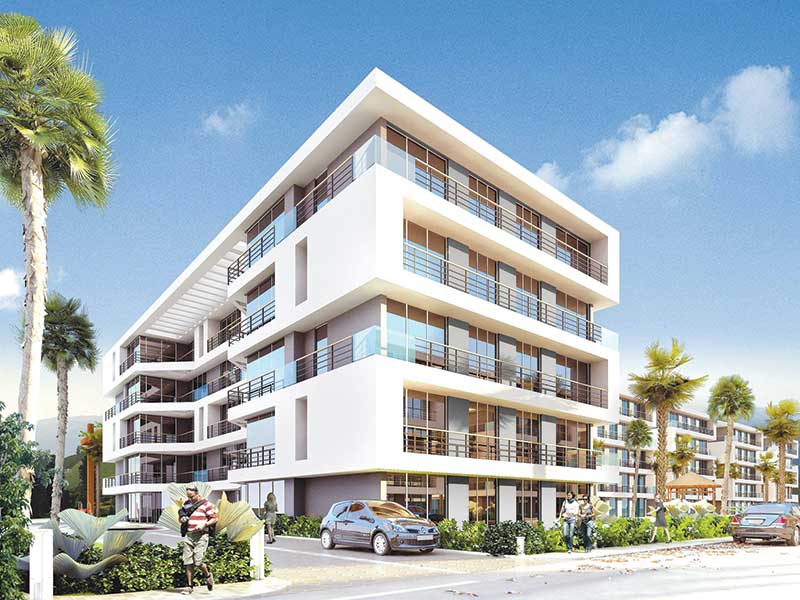
Size: 10 Acres
Palghar, a Konkan district in Maharashtra is emerging as an affordable residential hub on the busy Mumbai-Ahmedabad sector. The neighborhood is emerging as a hub for affordable housing schemes. Our project had to have a differentiator as an attraction. Affordability and the budgets were the main brief given by the client. Four flats’ floor layout was designed and two such wings were joined together to create an efficient plan to derive a built mass ratio, which was proportionately treated as a design of folded slab to add aesthetic and richness to the elevation and thus enhancing the project value.
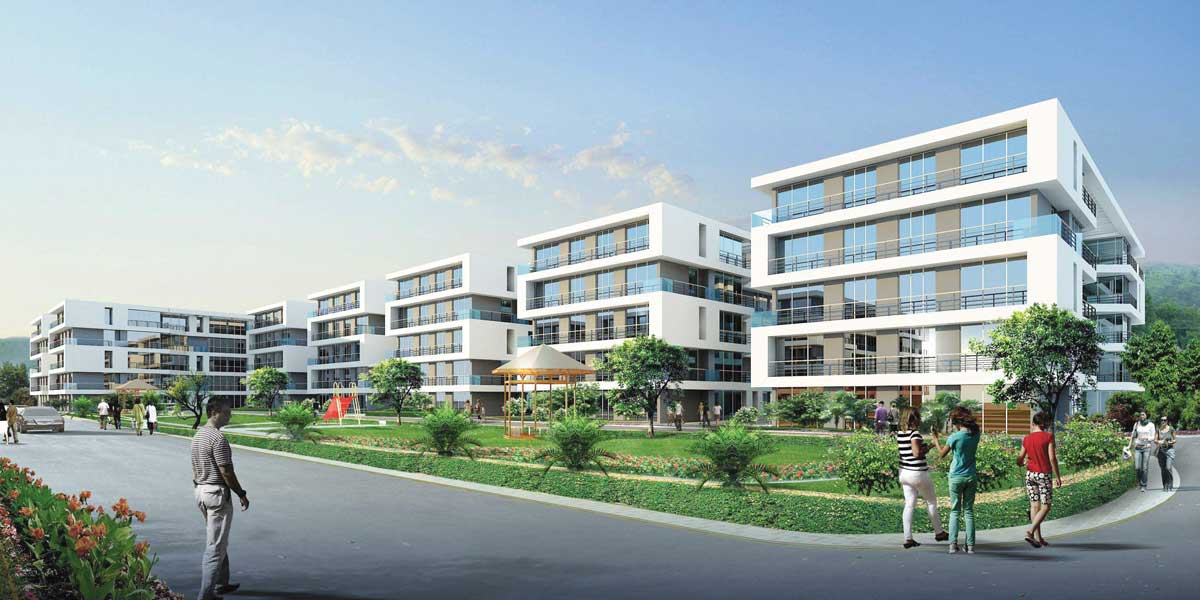
Nilaya, Panvel, Navi Mumbai
Area: 50,000 sq.ft
The project had a site constraint as the neighboring buildings were at a 5 feet distance. The irregular narrow plot shape restricted the layout as we had to consume the feasible built up area keeping in mind the financial budgets as they were small pocket-sized apartments plus the planning, elevation and the finishes proposed had to be economical and low maintenance. The glass-brick ratio was worked out so as to avoid any wastage of material. The chajjas and the sun breakers were designed in a diagonal position so that the neighboring building apartments would not look into each other. This differentiator not only enhanced the privacy of the inhabitants but also added aesthetics to the low cost budgeted project. To create a neighborhood within a built form, amenities like a chalkboard, wall games, art walls, and library shelf were proposed on the mid landings of the staircase well as a space for interaction by the residents and which to life the dead spaces of a building.
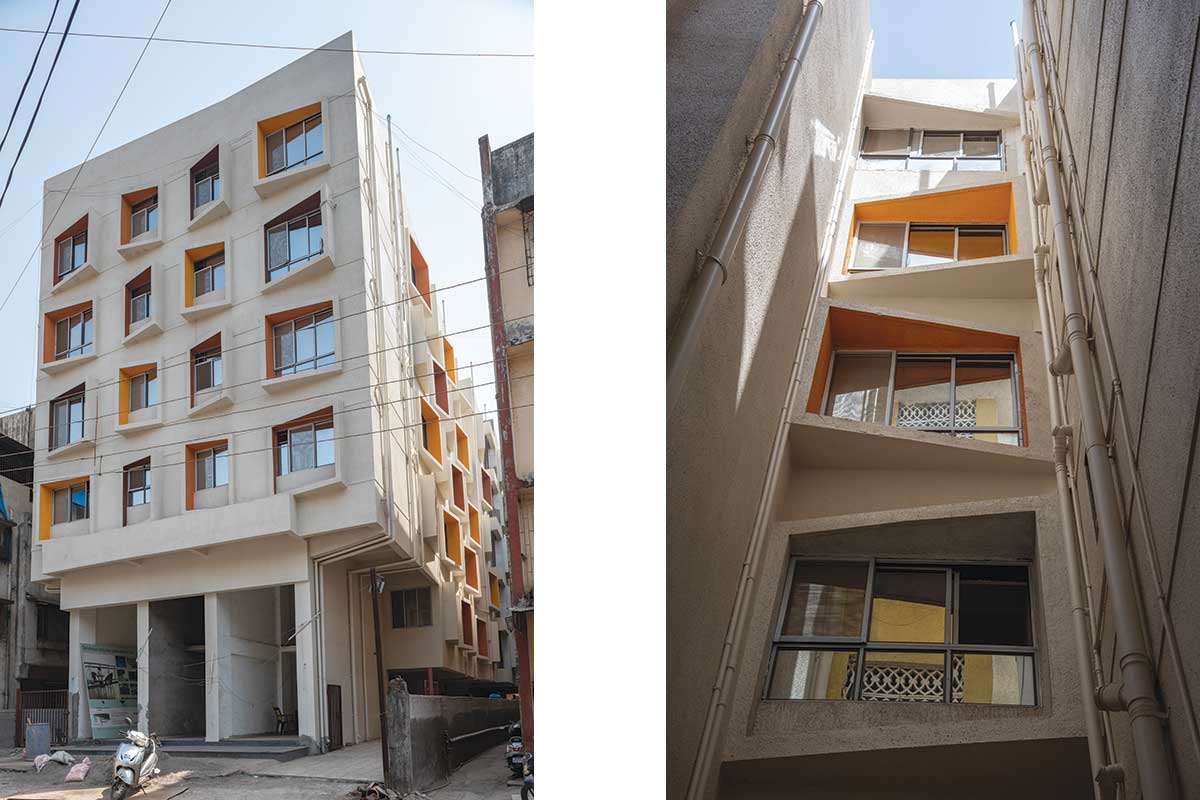
Augustine Enclave, Gaothan, Vile Parle (W), Mumbai
Area: 50,000 sq.ft
The brief was to maximize natural light and proper ventilation in the narrow site. One of the biggest challenges was the existing buildings which were very close to the proposed structure. Construction had to be completed without hampering the lifestyle of the occupants. The residential complex was designed around a courtyard. This accentuated the lifestyle of the original occupants of a village settlement. Since there was a restriction on the height of the building, the floor plate had to be big enough to ensure utilization of available FSI. This meant a building with a big mass with less height. A double height entrance was created to ensure that the ventilation of existing occupants was not obstructed. The facade was designed to tone down the massing and make the building lighter with vernacular impression to complement the surrounding buildings and context. Geometric patterns were used in repetition over floors to create a sense of rhythm and generate interest in the facade. Recessed windows were designed to maximize shade on the opening, bringing in light but cutting off the heat.



